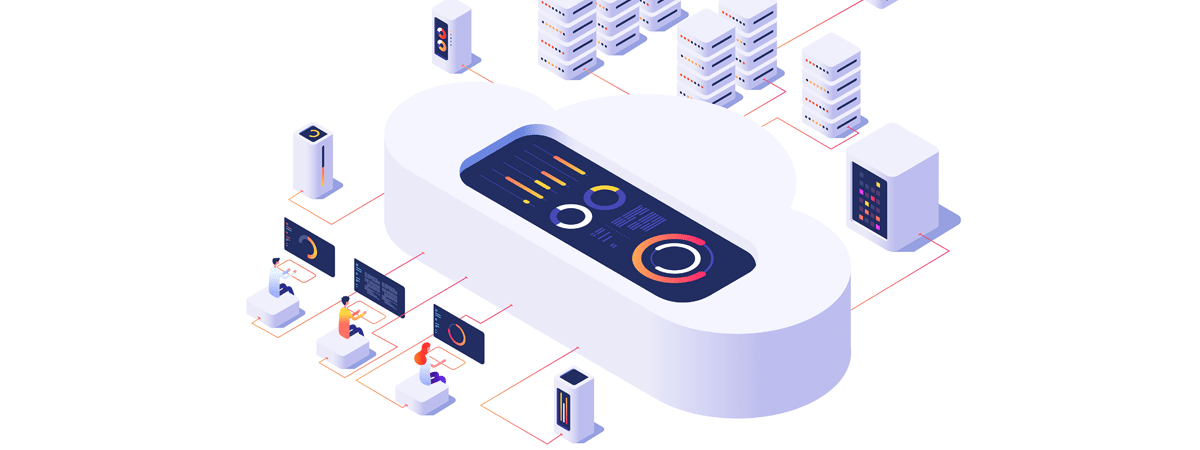IaaS vs. PaaS vs. SaaS
If you’re reading this article, odds are good that you already know how many organizations rely on cloud services. IaaS, PaaS and SaaS are prevalent choices among cloud service offerings. Many organizations use more than one of these cloud service models, and large enterprises type often use them all. Our goal today is to explain what IaaS, PaaS, and SaaS are and when they are best used. IaaS vs. PaaS vs. SaaS: let the games begin!
What are the differences between IaaS, PaaS, and SaaS?
Infrastructure as a Service (IaaS)
- Providing storage and data facilities remotely
- Best for IT administrators
IaaS solutions are designed to be highly scalable and flexible. IaaS, or infrastructure as a service, provides on-demand access to cloud-hosted computing, storage, and networking resrouces – the IT infrastructure for running cloud applications and workloads. IaaS is a pay-as-you-go service that provides cloud-based infrastructure resources. Instead of setting up your own on-premise infrastructure, you avoid the IT resource overhead and capital expenditures by choosing the cloud, where the tools and resources are delivered through the internet. IaaS is like leasing a car. Although you select the car you want and drive it wherever you want, when you lease a car, it isn’t really “yours”. Consider IaaS as a foundation for future-proofing your organization.
Amazon AWS, Google Cloud Platform, and Microsoft Azure are all IaaS solutions.
Platform as a Service (PaaS)
- Platform provided for developing applications
- Best for software developers
PaaS is ideal for developers who don’t want to worry about infrastructure, servers, storage, operating systems, and other components. PaaS, or platform as a service, is on-demand access to a complete, ready-to-use, cloud-hosted platform for developing, running, maintaining and managing applications. PaaS provides a cloud platform that includes a working framework where you can build custom applications. You manage your apps and data. PaaS is like hiring a taxi. You don’t drive the taxi yourself, but you tell the driver where you need to go and he drives.
AWS Lambda, Google App Platform, and Salesforce Lightning are all examples of PaaS solutions.
Software as a Service (SaaS)
- Packaged software provided over the internet
- Best for end-users
SaaS, or software as a service, is on-demand access to ready-to-use, cloud-hosted application software. Users typically pay a monthly or annual license fee to use a complete application from within a web browser, desktop client or mobile app. SaaS eliminates the need for IT staff to install applications on individual workstations and manage the network. With SaaS, vendors manage technical elements like data, servers, and storage. SaaS is like taking a bus. Buses use preset routes that you share with other passengers.
Slack, Netflix, MailChimp, and Adobe Creative Cloud are commonly used SaaS applications.
Choosing IaaS vs. PaaS vs. SaaS
IaaS, PaaS, and SaaS each offer specific functionality and features. Your organization must determine which models work best for your needs. Do you need cloud-based software, a rich platform that enables you to develop custom applications, or an environment where you control infrastructure without maintaining it? What is the best cloud service for your business? The answer to that question will vary from business to business and even change over time as your needs evolve. We hope that we have helped demystify IaaS, PaaS, and SaaS for you and given you a better understanding of when each model is most appropriate. If you’re still unsure about which cloud service is right for you or have any other questions about cloud services, please don’t hesitate to reach out to us.


Leave A Comment